On This Day…April 18th
Major Donald Bochkay was one of only 14 Allied pilots to score more than one jet victory.
His first kill came on February 9th, 1945 and his second on April 18th, 1945. Both were Me 262s. Bochkay finished the war with 13.83 aerial victories.
I can pretend all day long, but really, there’s only one story today. April 18th, 1942 saw a group of the bravest men amongst us set out on a mission that was to set a marker for courage, duty, and sacrifice. I will let the photos do the talking...
We lost the last of these men just a few days ago. Rest easy.
Liberation of the town of Harderwijk, Netherlands, by Canadian troops. April 18th, 1945.
USS Belleau Wood (CVL-24) out of the Philadelphia Naval Shipyard on 18th of April, 1943.
The 3rd Army liberate Posen, Czechoslovakia - freeing the population of six years of Nazi rule. You ever seen a guy so pleased to have a beer?
Ernie Pyle died today in Okinawa. The best thing I can find to say about Ernie Pyle is that General Bradley offered him a place aboard the command ship (the cruiser USS Augusta) on D-Day but he chose to land with the troops aboard an LST (Landing Ship, Tank) with a hundred or so GIs. He felt that he should land with an infantry company.
In the same way that that the Doolittle Raid is best left to photos, Ernie’s legacy is words. For those who don’t know his work or background, please do look up his work and stories. He is a true hero.
A Dreadful Masterpiece...
by Ernie Pyle
DEC 30, 1940 - Someday when peace has returned to this odd world I want to come to London again and stand on a certain balcony on a moonlit night and look down upon the peaceful silver curve of the Thames with its dark bridges.
And standing there, I want to tell somebody who has never seen it how London looked on a certain night in the holiday season of the year 1940.
For on that night this old, old city - even though I must bite my tongue in shame for saying it - was the most beautiful sight I have ever seen.
It was a night when London was ringed and stabbed with fire.
They came just after dark, and somehow I could sense from the quick, bitter firing of the guns that there was to be no monkey business this night.
Shortly after the sirens wailed I could hear the Germans grinding overhead. In my room, with its black curtains drawn across the windows, you could feel the shake from the guns. You could hear the boom, crump, crump, crump, of heavy bombs at their work of tearing buildings apart. They were not too far away.
Half an hour after the firing started I gathered a couple of friends and went to a high, darkened balcony that gave us a view of one-third of the entire circle of London.
As we stepped out onto the balcony a vast inner excitement came over all of us - an excitement that had neither fear nor horror in it, because it was too full of awe.
You have all seen big fires, but I doubt if you have ever seen the whole horizon of a city lined with great fires - scores of them, perhaps hundreds.
The closest fires were near enough for us to hear the crackling flames and the yells of firemen. Little fires grew into big ones even as we watched. Big ones died down under the firemen's valor only to break out again later.
About every two minutes a new wave of planes would be over. The motors seemed to grind rather than roar, and to have an angry pulsation like a bee buzzing in blind fury.
The bombs did not make a constant overwhelming din as in those terrible days of last September. They were intermittent - sometimes a few seconds apart, sometimes a minute or more.
Their sound was sharp, when nearby, and soft and muffled, far away.
Into the dark, shadowed spaces below us, as we watched, whole batches of incendiary bombs fell. We saw two dozen go off in two seconds. They flashed terrifically, then quickly simmered down to pinpoints of dazzling white, burning ferociously.
These white pinpoints would go out one by one as the unseen heroes of the moment smothered them with sand. But also, as we watched, other pinpoints would burn on and pretty soon a yellow flame would leap up from the white center. They had done their work - another building was on fire.
The greatest of all the fires was directly in front of us. Flames seemed to whip hundreds of feet into the air. Pinkish-white smoke ballooned upward in a great cloud, and out of this cloud there gradually took shape - so faintly at first that we weren't sure we saw correctly - the gigantic dome and spires of St. Paul's Cathedral.
St. Paul's was surrounded by fire, but it came through. It stood there in its enormous proportions - growing slowly clearer and clearer, the way objects take shape at dawn. It was like a picture of some miraculous figure that appears before peace-hungry soldiers on a battlefield.
The streets below us were semi-illuminated from the glow.
Immediately above the fires the sky was red and angry, and overhead, making a ceiling in the vast heavens, there was a cloud of smoke all in pink. Up in that pink shrouding there were tiny, brilliant specks of flashing light - anti-aircraft shells bursting. After the flash you could hear the sound.
Up there, too, the barrage balloons were standing out as clearly as if it were daytime, but now they were pink instead of silver. And now and then through a hole in that pink shroud there twinkled incongruously a permanent, genuine star - the old-fashioned kind that has always been there.
Below us the Thames grew lighter, and all around below were the shadows - the dark shadows of buildings and bridges that formed the base of this dreadful masterpiece.
Later on I borrowed a tin hat and went out among the fires. That was exciting too, but the thing I shall always remember above all the other things in my life is the monstrous loveliness of that one single view of London on a holiday night - London stabbed with great fires, shaken by explosions, its dark regions along the Thames sparkling with the pinpoints of white-hot bombs, all of it roofed over with a ceiling of pink that held bursting shells, balloons, flares and the grind of vicious engines. And in yourself the excitement and anticipation and wonder in your soul that this could be happening at all.
These things all went together to make the most hateful, most beautiful single scene I have ever known.
Ernie Pyle.
The first test flights began on 18 April 1941 with the Me 262 V1- bearing its Stammkennzeichen radio code letters of PC+UA - but since its intended BMW 003 turbojets were not ready for fitting, a conventional Junkers Jumo 210 engine was mounted in the V1 prototype's nose, driving a propeller, to test the Me 262 V1 airframe.
AU-1 Corsair fighters aboard USS Saipan in the South China Sea, 18th of April, 1954. These Corsairs were former property of US Marine Corps but now ‘en route’ to be delivered to the French Navy.
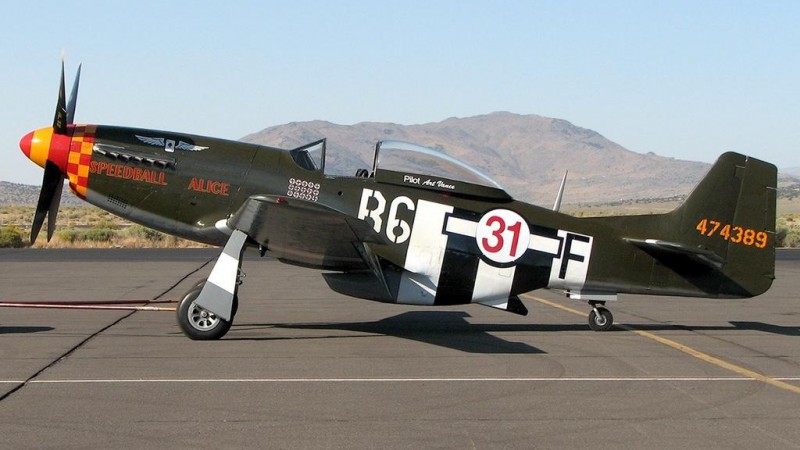

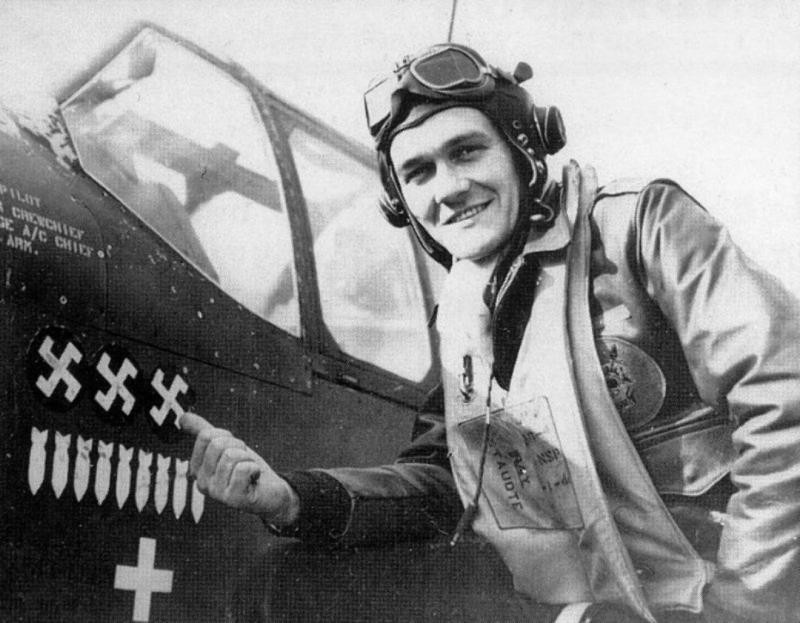
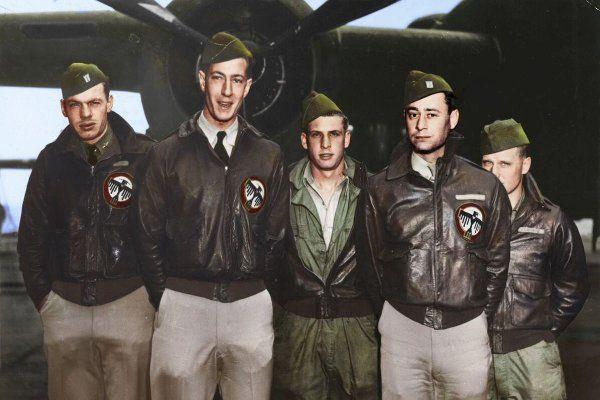
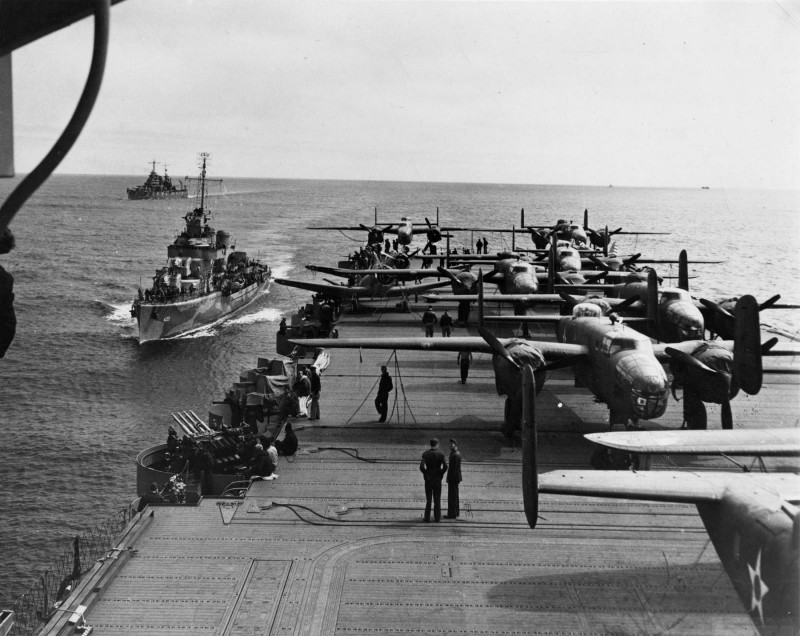
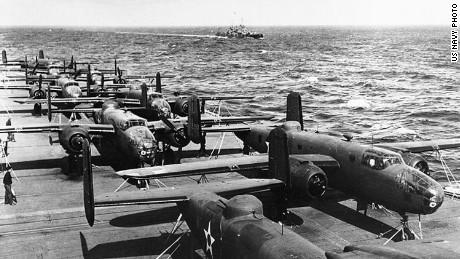
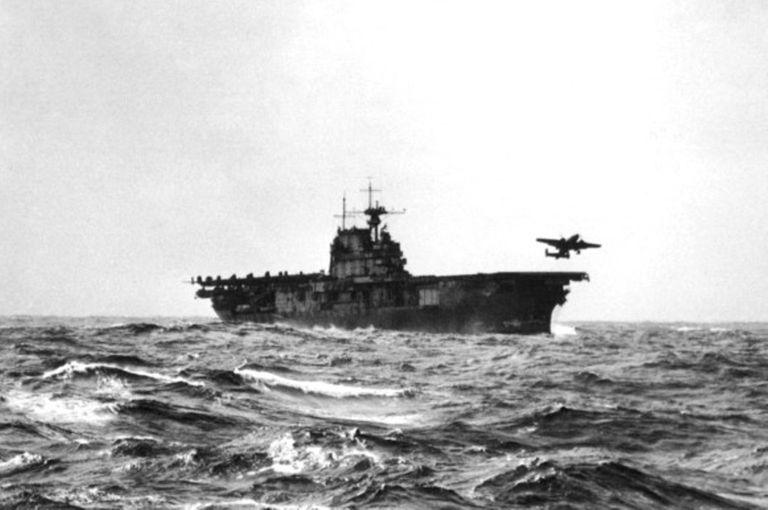

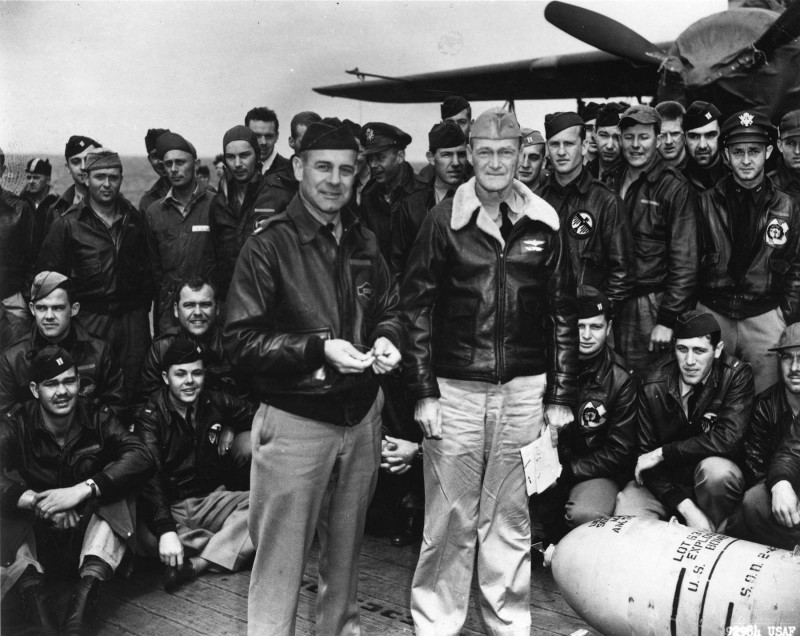
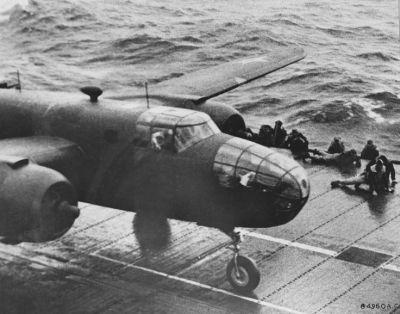
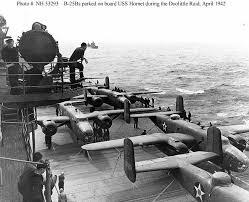
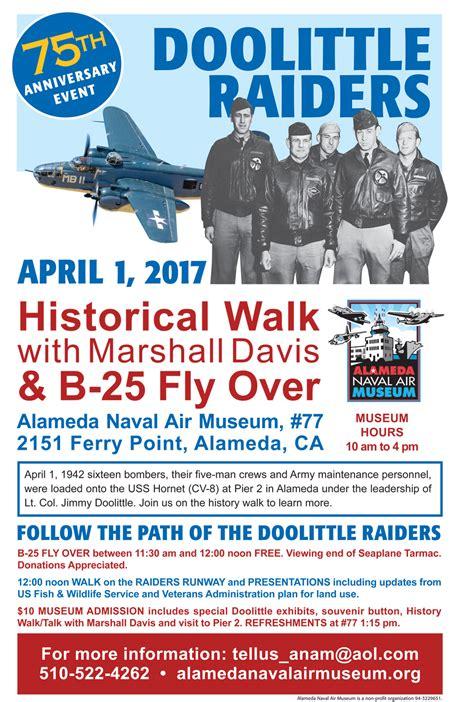

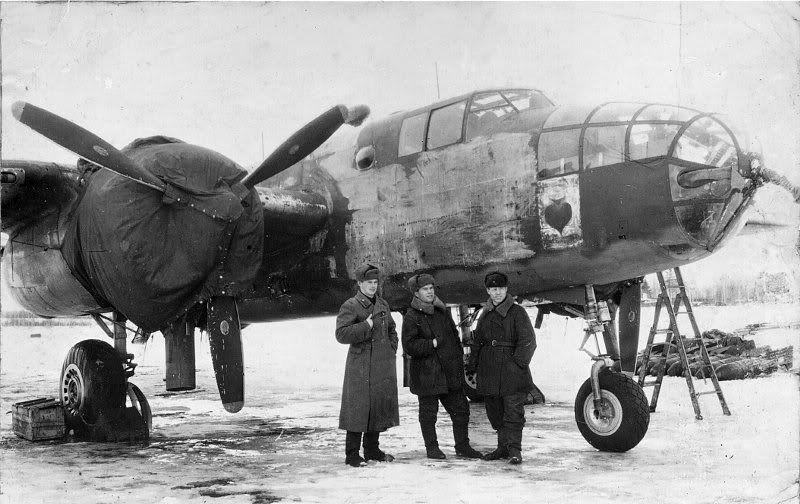
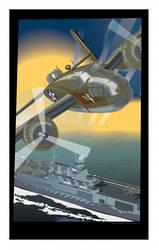
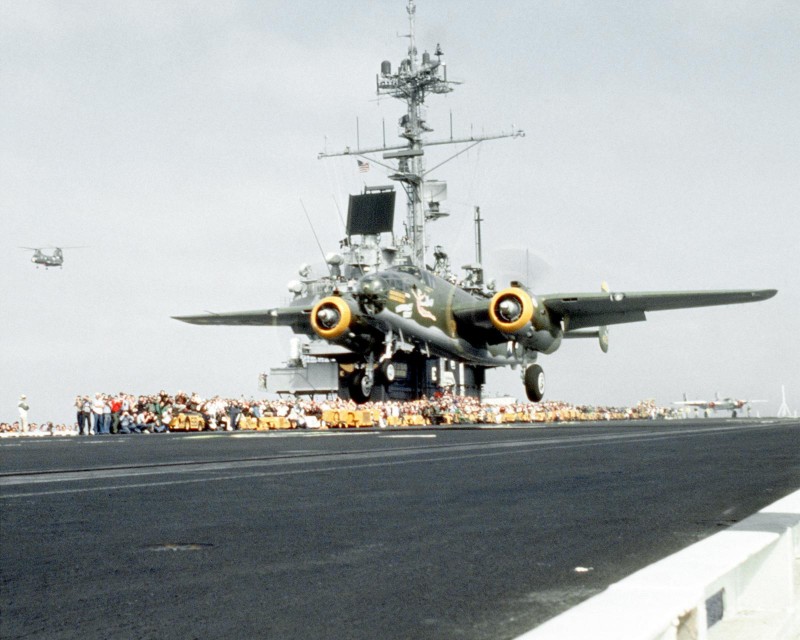
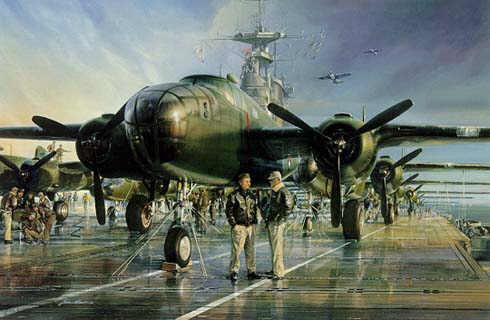
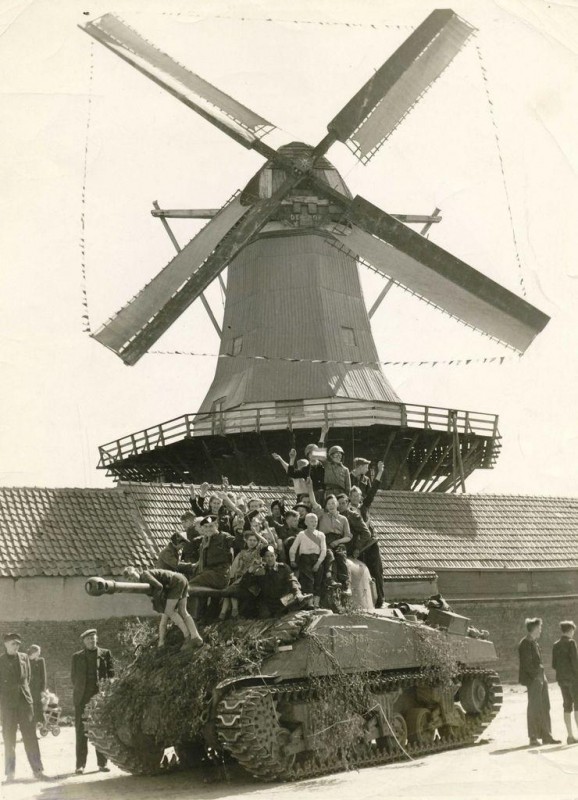
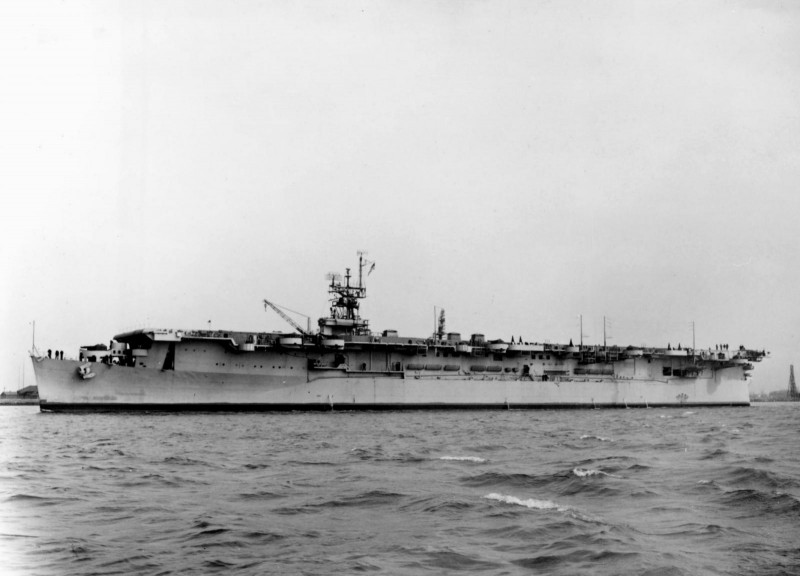
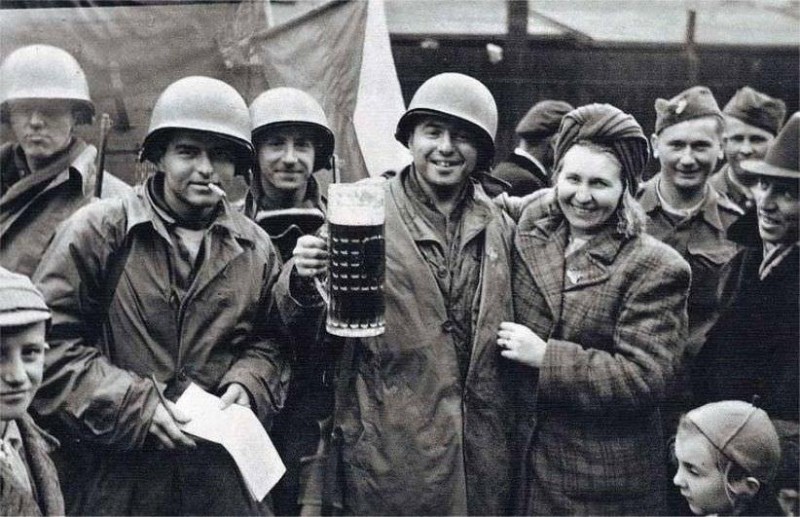
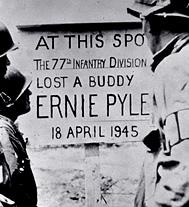
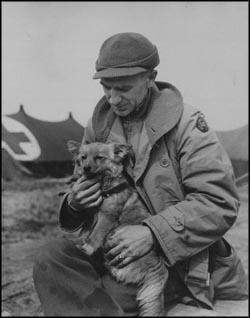


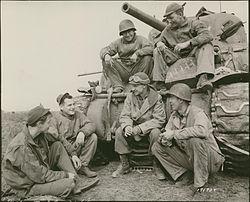
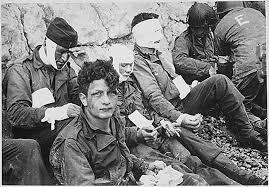
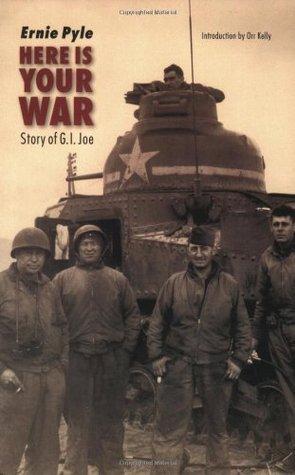
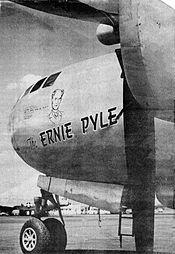
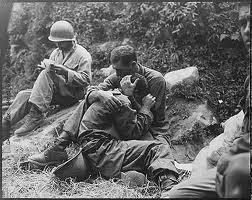
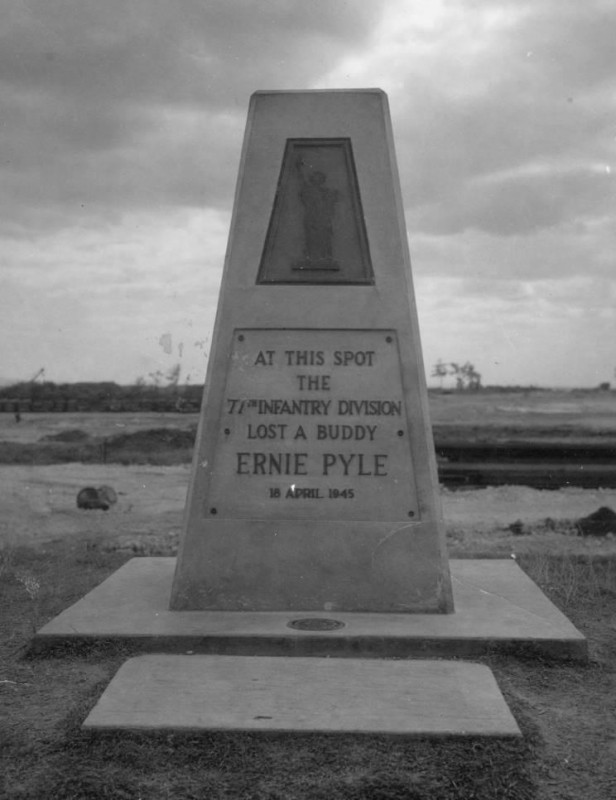

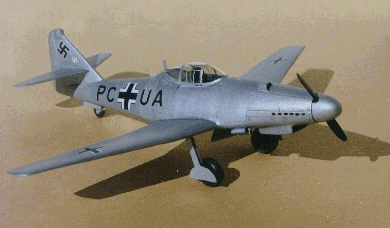
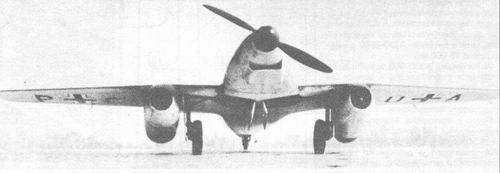
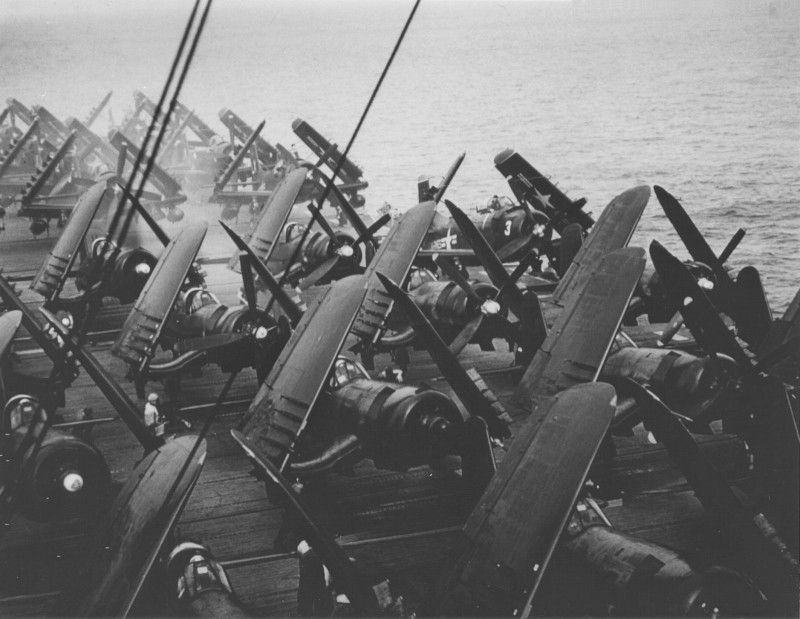
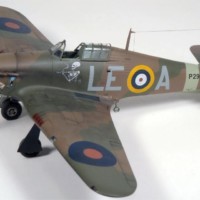
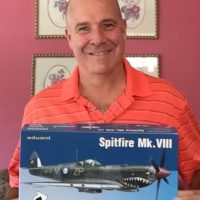
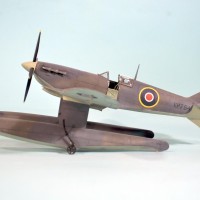
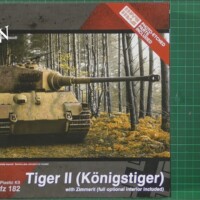
Thank you as always David. I think you are correct, the pictures say it all.
Thanks, Dirk. Really appreciate you taking the time to have a look.
watched the story of GI joe last week...burgess meredith as ernie pyle, pretty in depth study...Mitchum was all man but had to be one of the laziest S.O.B. 's on the planet looking at those performances...but a lot to say in few words...God love him
Another wonderful posting David... Now all of the Raiders are together again. I wonder if they will turn the last goblet upside down ?
Ernie Pile... his story really grabs at you. I remember watching a TV special about him several years ago. He wasn't happy unless he was with "his boys".
This posting has it all...Corsairs, Sherman Tanks, 262 jets.
Probably your very best one yet. Like the Doolittle Raider Cognac ... even better with time.
Thank you, Louis. The ritual with the raiders’ cognac has always ‘got’ me, especially when you see old footage of the turning over the glasses.
Appreciate your words, Louis.
Powerful stuff. I wonder if, with all the thing that we seem to find imporant, could ever come together to fight for a common purpose. I hope so, or our humanity is lost.
Thanks, Matt. I think we’d come together if the need arose. That said, the war(s) robbed the later generations of masses of first class DNA. Strange way to look at it, some would say, but true.
Absolutely right, David!
Very powerful today David. Heroes and heroics. Thanks for posting.
Thanks for reading, Gary. Deeply appreciated.
@wiley2770
Simply gorgeous photo of that headline P-51 - where'd ya find it?
Definitely one of the better ones, David. When I was on Okinawa 18 years after the war, one of the first things I did was hire a cab and tell him to take me to the Ernie Pyle memorial. It was very quiet, not a lot of people around. When I was a kid I used to spend summers in Albuquerque with my aunt and uncle. Ernie's house was a block down the street and his wife still lived there then. (Funny thing, there I was a block away from his house, and when I was back home in Denver, I was around the corner and up the street from where Bert Stiles had lived; I even took piano lessons from his mother for two years before she retired - I wonder if the "writer's bug" was in the air?)
Tom, to me Ernie is the genuine deal. Everyone who met him seems to have taken to him, and as Louis says above, he was only ever happy with ‘his boys’. This definitely had a downside, though. His bride took to drink with all the absence of her husband and worry (rightly, in the end) about his safety. I know she made suicide attempts, but came through well in the long term.
You are right about that writer’s bug in tha air...
Hey, Craig. That P51 was originally a RCAF bird (1950). She was bought by the legendary Warbirds pilot, Art Vance, in 1972.
In ‘82 she was rebuilt and painted as ‘Million Dollar Baby’ - also flown in WWII by Major Donald Bochkay.
In 2000, Vance renamed and reregistered her as ‘Speedball Alice’. Not sure what the connection is between Art Vance and Don Bochkay is (Tom C might tell us...), but he made a beautiful job of recreating her.
Below is a phot of Bochkay’s ‘Winged Ace’ emblem that was common to both aircraft.
Sad to say, Vance died aged just 64 in 2005 while flying a vintage Hellcat (he hit some overhead power cables) in Tennessee. His son, Dan Vance (below) still maintains and displays ‘Alice’ at shows in the Western US.
@craigindaytona
David they just keep on getting better and better. Well done! Don't know how you manage to dig up all these historical gems but they are priceless! What the Doolittle Raid achieved more than anything else was to inject the US with a healthy dosage of morale that set the US on the path to victory. For the Japanese it was a blow to their belief of invincibility.
At a business meeting in Phoenix all day yesterday - one of the presentations was some in-depth data on GenZ, along with a revisit of Pendulum (Drew & Williams) and The Fourth Turning (Strauss and Howe) - makes one shiver to think how the upcoming generation would handle such a crisis, when looking at the generation that took on the 40's.
Greg, as a psych I’ve been immersed in cycles and patterns all my life. I have great store in “all this has happened before and will happen again” - that said, WW2 happened at a ‘great’ time for us to react, to regroup, and fight back. If it happened right NOW, I think we’d be scr**ed. I’m hoping we have at least another 20 years before the next war...
Hello David, @dirtylittlefokker
Another very significant event happened "on this day" exactly one year to the date after the Doolittle Raid.
It was called "Operation Vengeance". Here's a link to the event.
https://en.wikipedia.org/wiki/Operation_Vengeance
and the last photo taken of Yamamoto before he was shot down by P-38's.
This will be the subject of one of my future builds... P-38 named "Miss Virginia"
and Yamamoto's Mitsubishi G4M, before the crash.
Here's a photo of the award ceremony later...
This entire mission is occasionally a subject of controversy even years later, on both moral and factual grounds.
Just been reading up on it, Louis. As you say, a lot of moral and factual grey areas.
Thanks for this addition, and I will be keeping an eye out for ‘Miss Virginia’ in the future -that will be a great project with a lot of scope for a terrific thread.
Thanks, Louis.